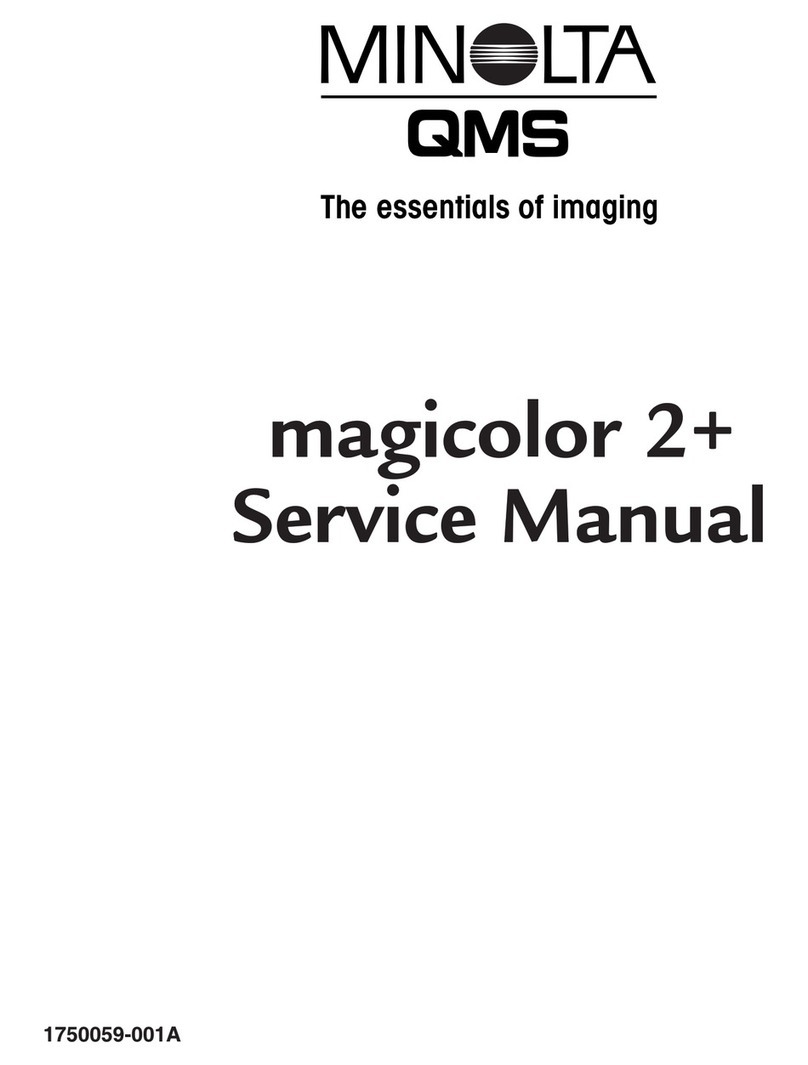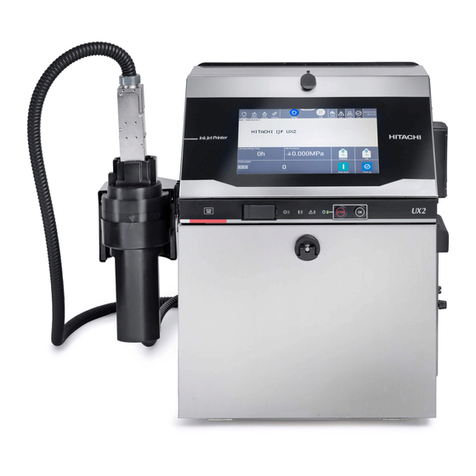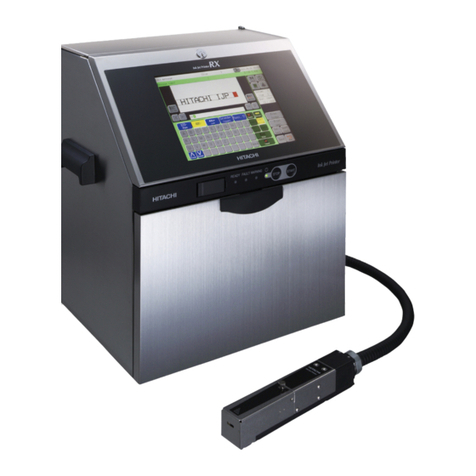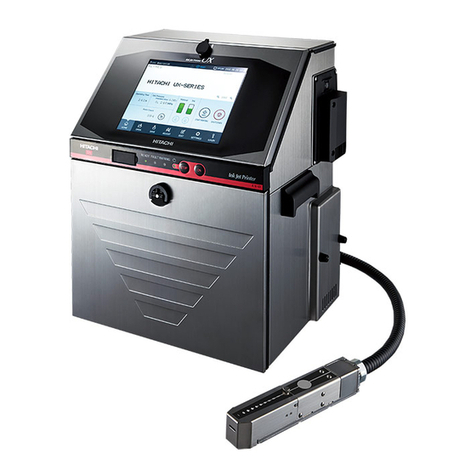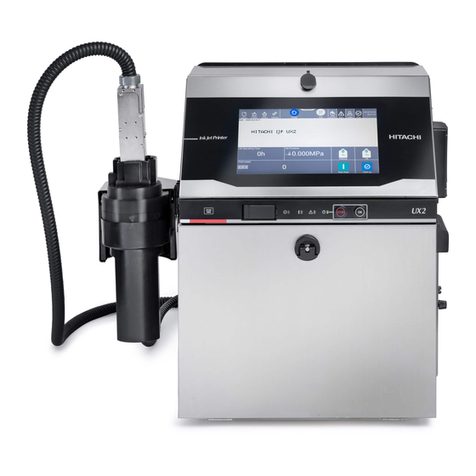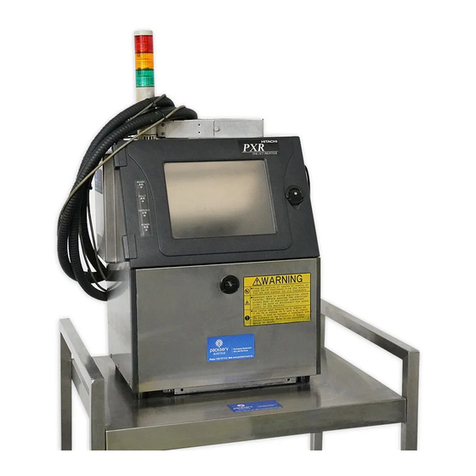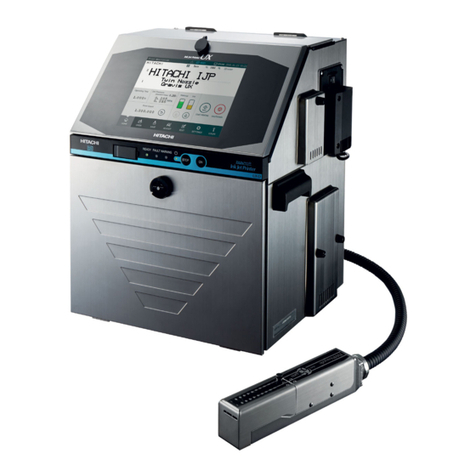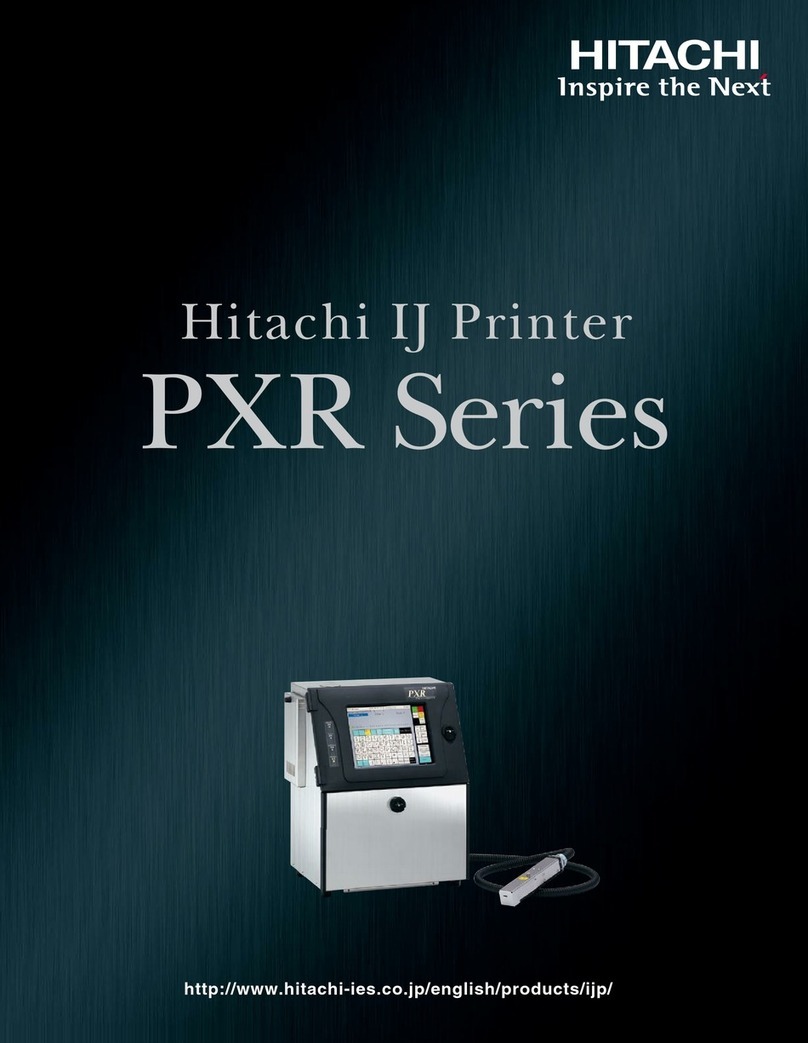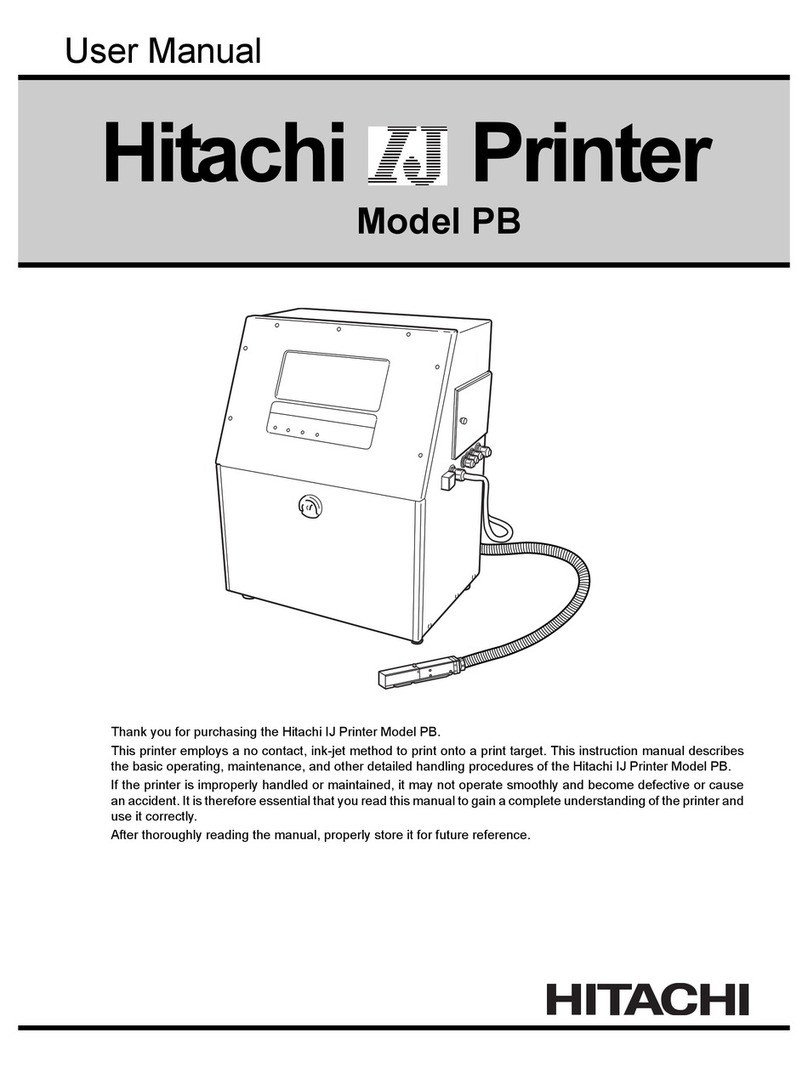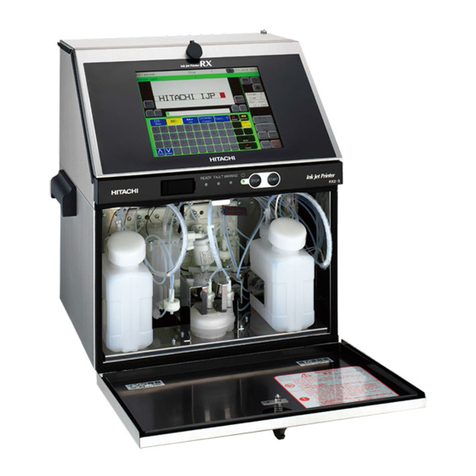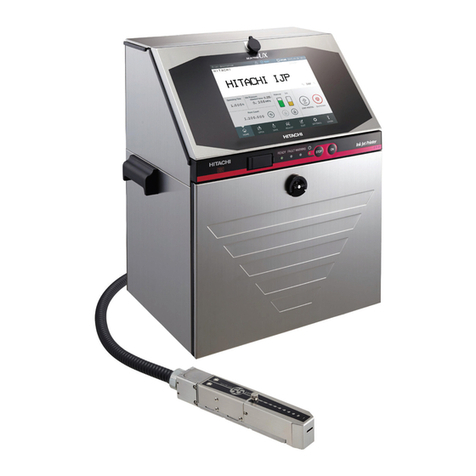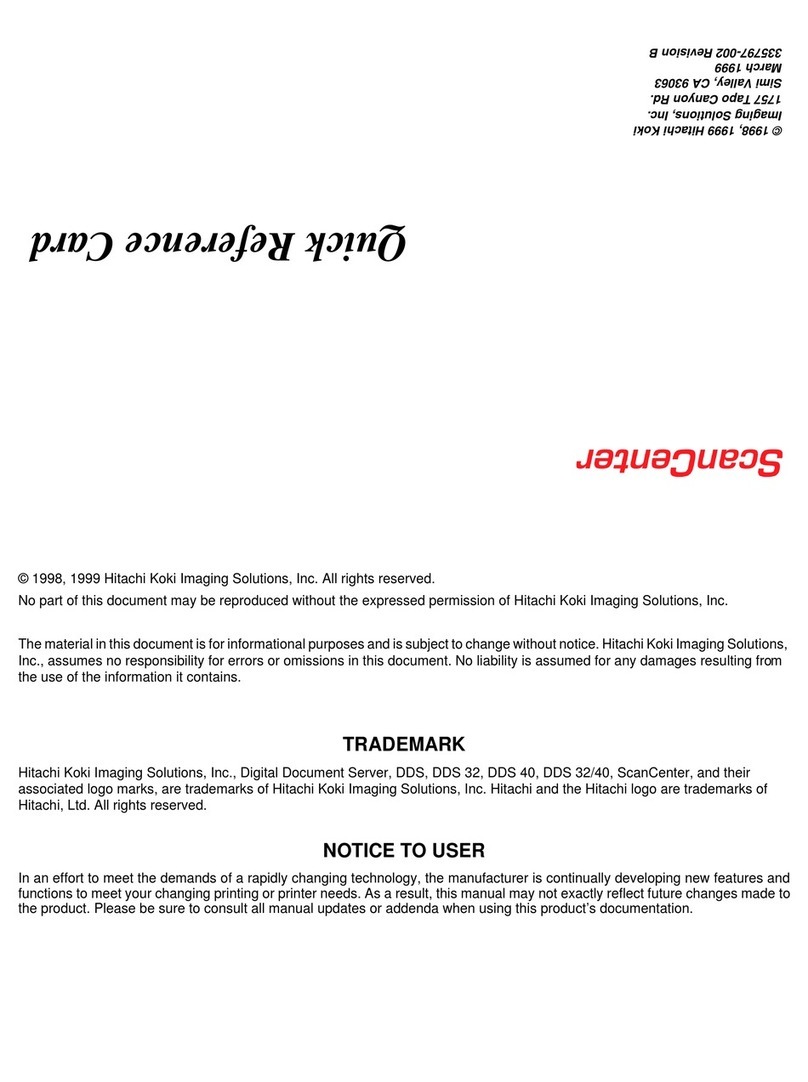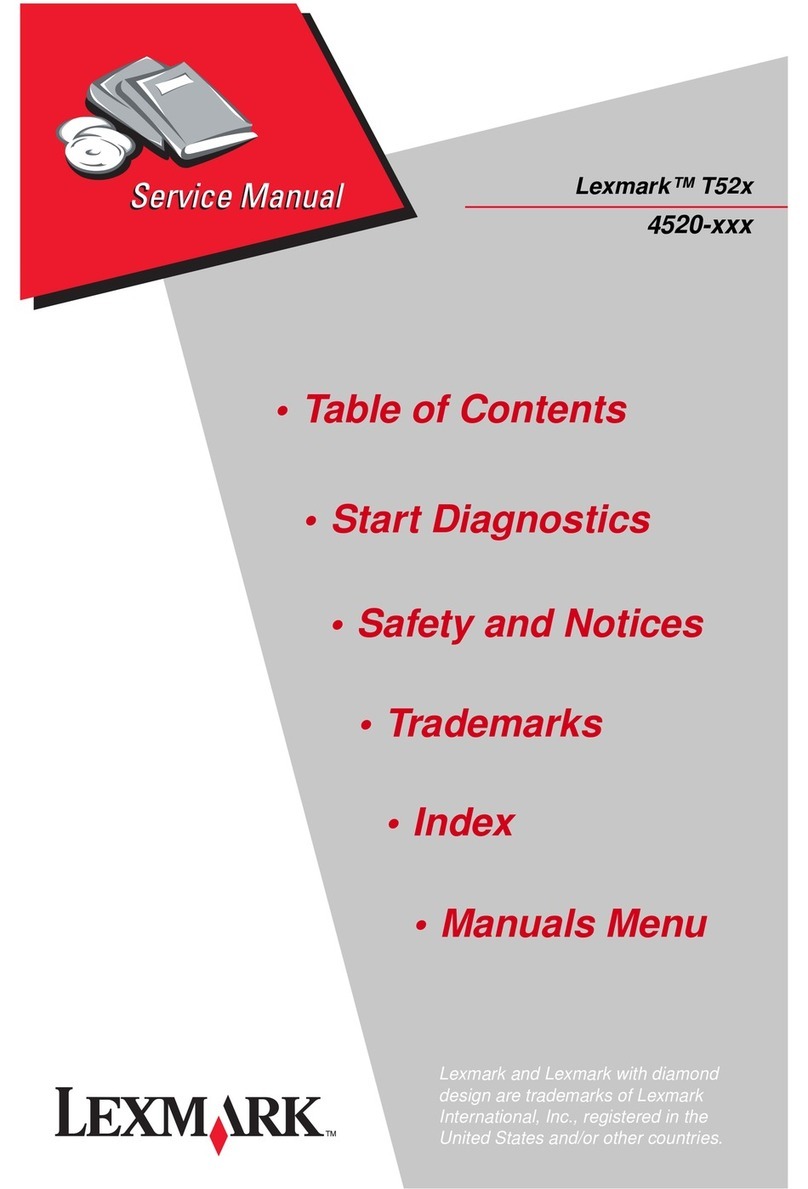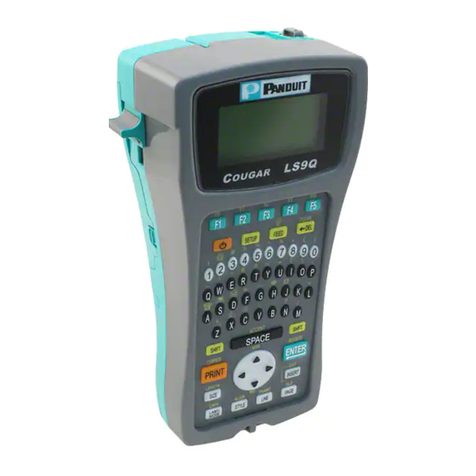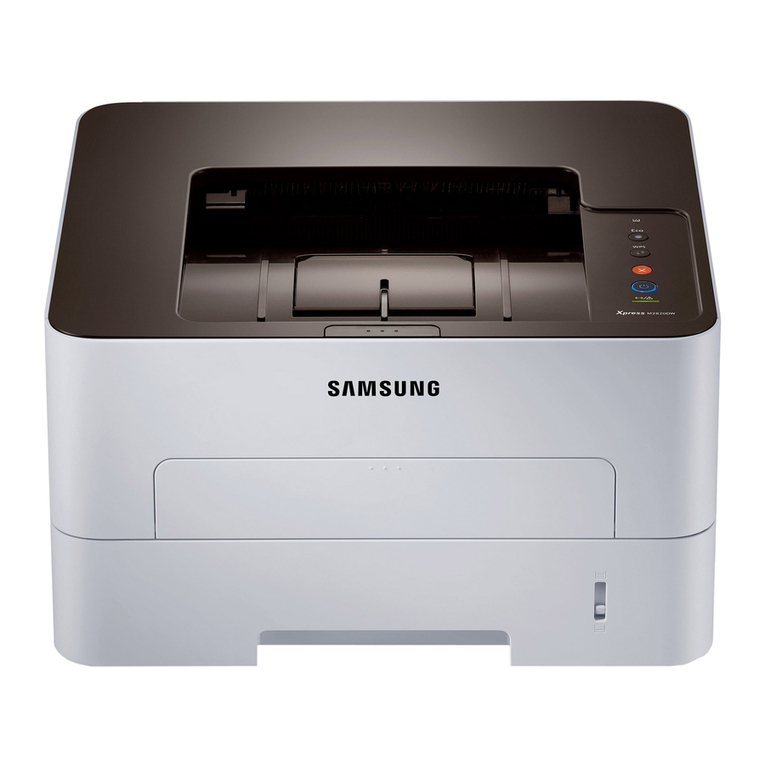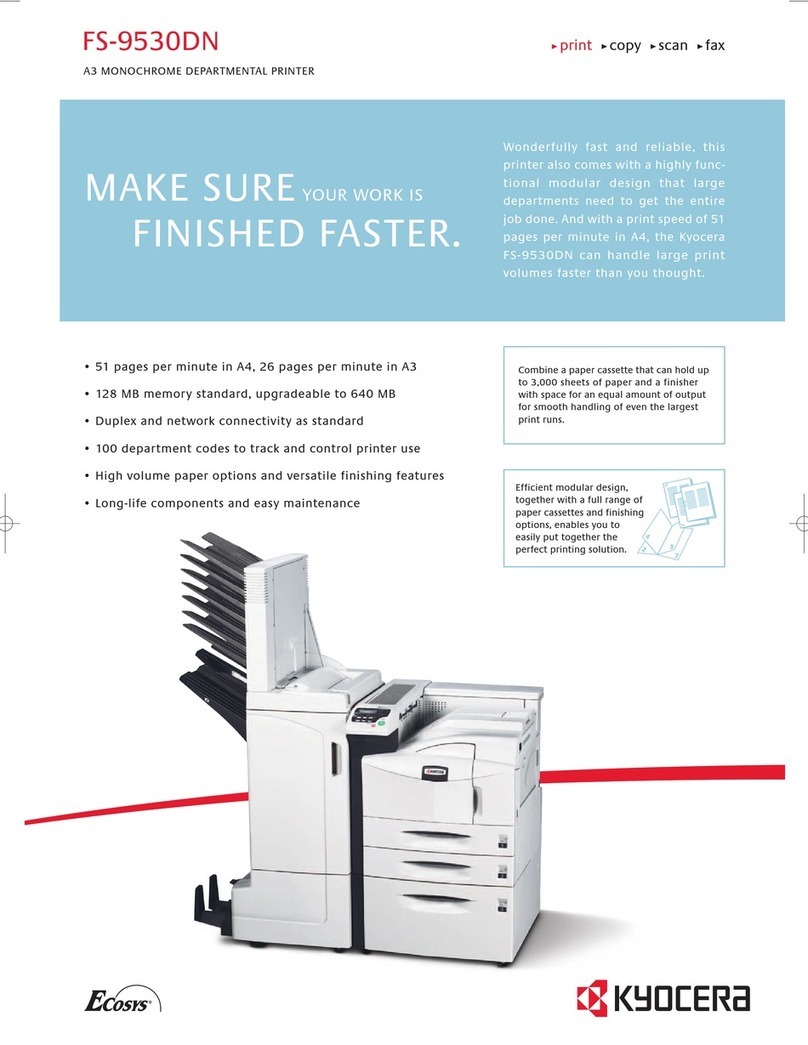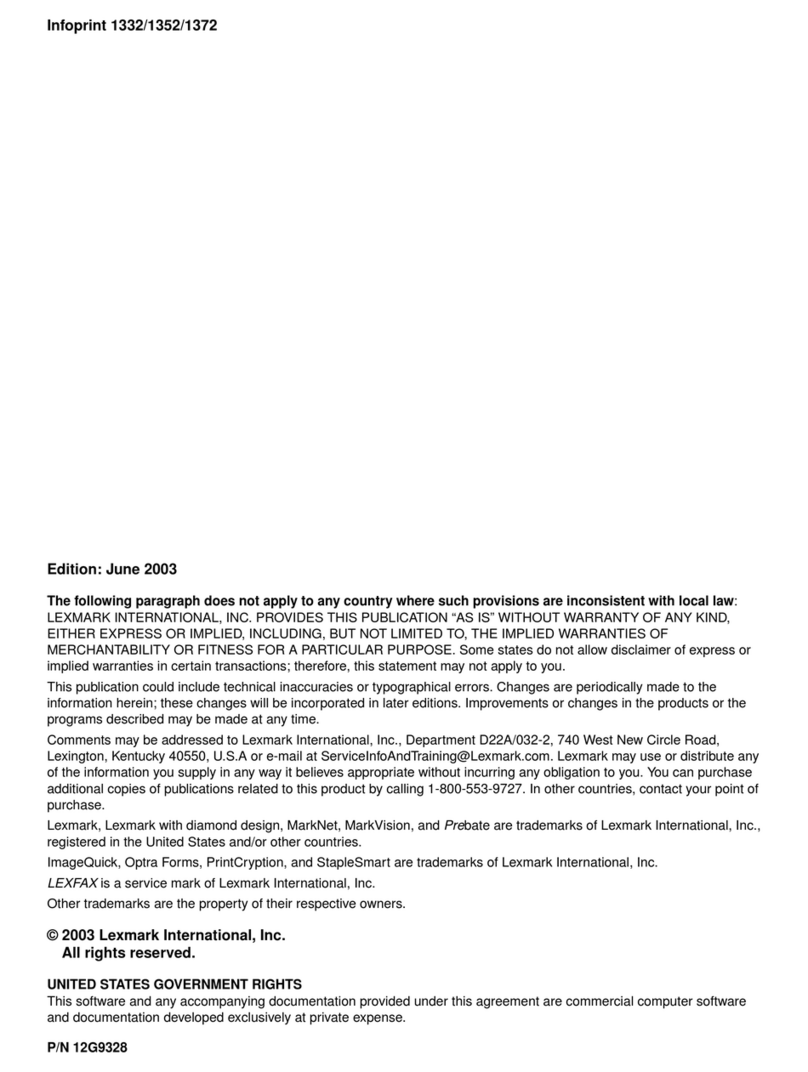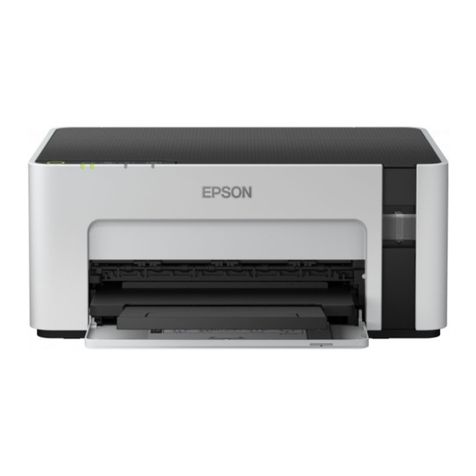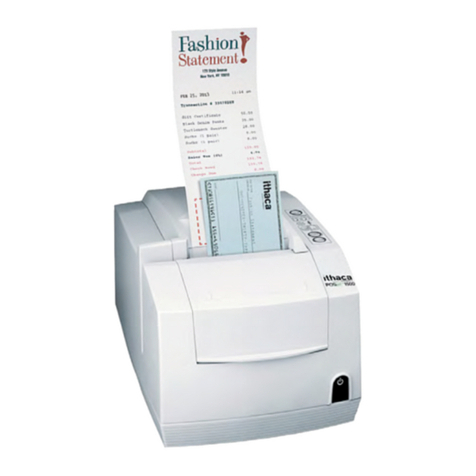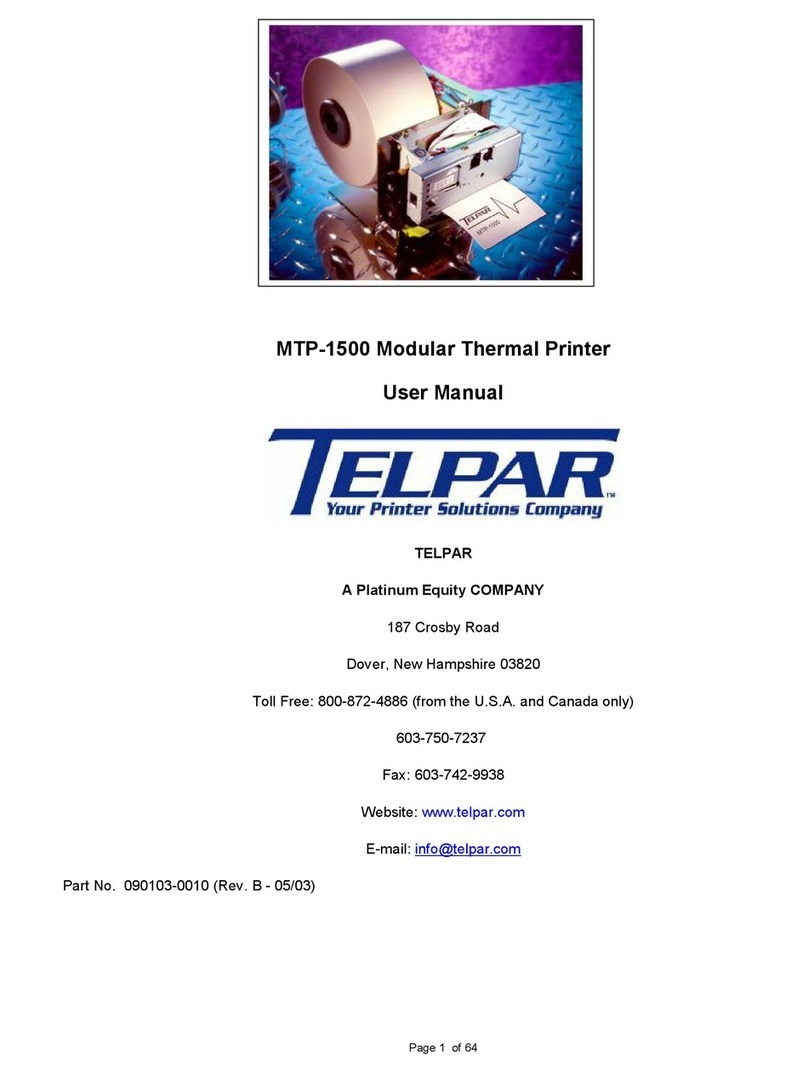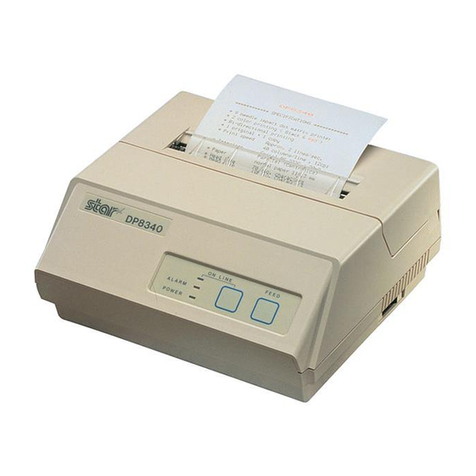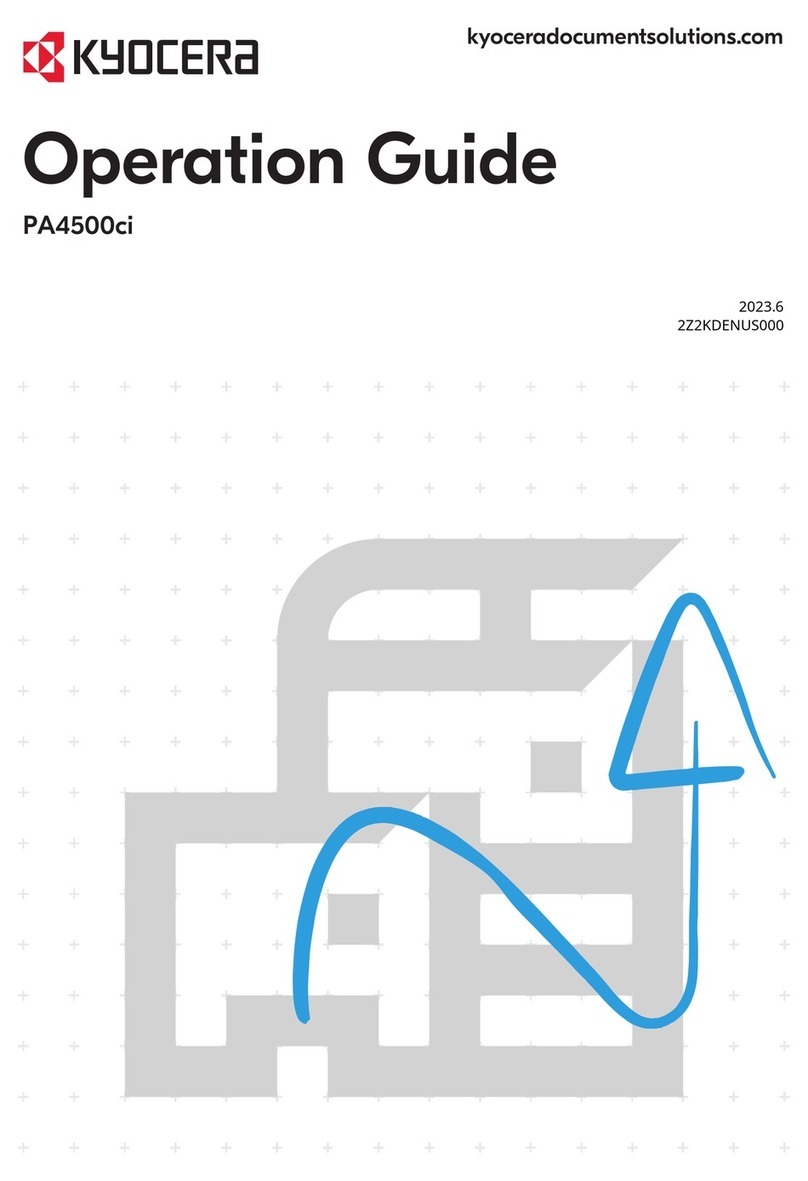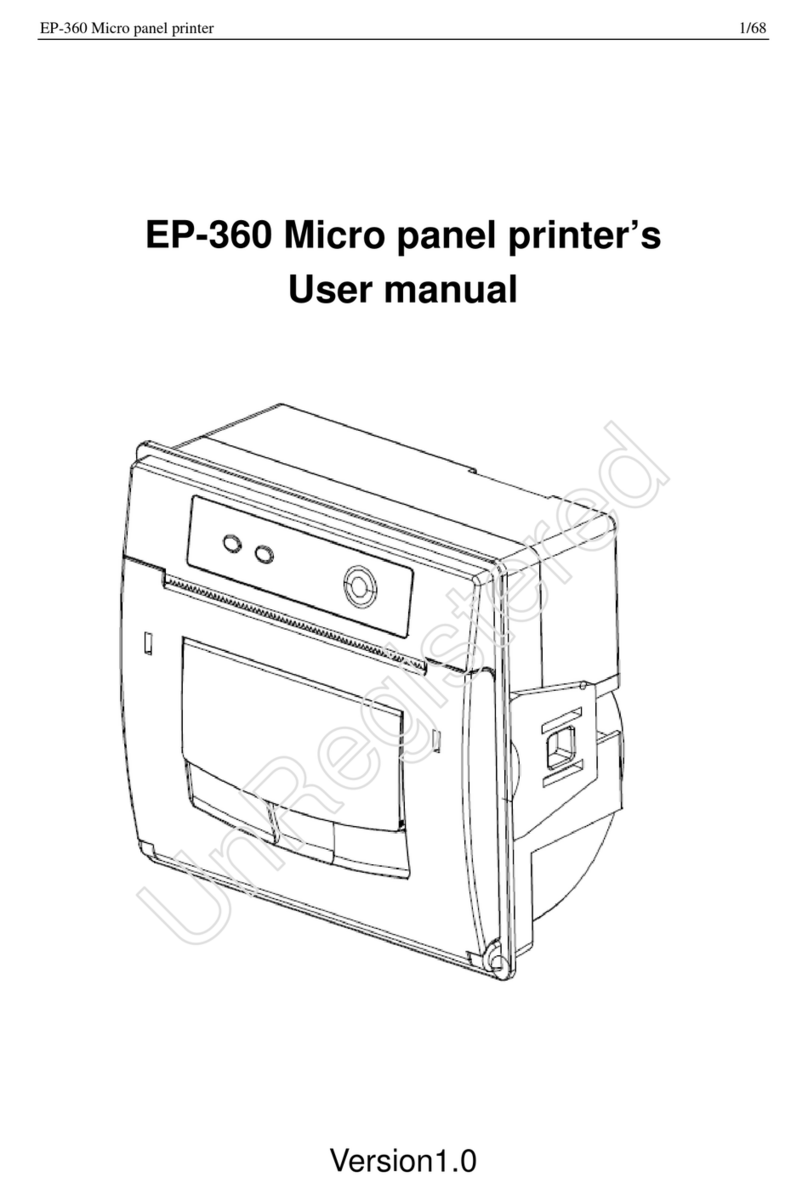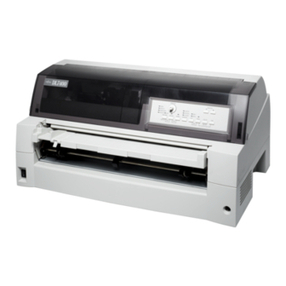●Contents 3
3
6.3 Standard Communication Functions. . . . . . . . . . . . . . . . . . . . . . . . . . . . . 6-5
6.3.1 Printings Transmission . . . . . . . . . . . . . . . . . . . . . . . . . . . . . . . . . . . . . . . . . . . . . . . 6-5
6.3.2 Print Data Recall / Transmission . . . . . . . . . . . . . . . . . . . . . . . . . . . . . . . . . . . . . . . 6-6
6.3.3 Print Condition Transmission . . . . . . . . . . . . . . . . . . . . . . . . . . . . . . . . . . . . . . . . . . 6-7
6.3.4 User Pattern Character Transmission . . . . . . . . . . . . . . . . . . . . . . . . . . . . . . . . . . . 6-8
6.3.5 Calendar Character Transmission . . . . . . . . . . . . . . . . . . . . . . . . . . . . . . . . . . . . . . 6-9
6.3.6 Calendar Conditions Transmission. . . . . . . . . . . . . . . . . . . . . . . . . . . . . . . . . . . . . 6-10
6.3.7 On-line/Off-line Transmission . . . . . . . . . . . . . . . . . . . . . . . . . . . . . . . . . . . . . . . . . 6-11
6.3.8 Current Time Output Transmission . . . . . . . . . . . . . . . . . . . . . . . . . . . . . . . . . . . . 6-12
6.3.9 Count Character Transmission. . . . . . . . . . . . . . . . . . . . . . . . . . . . . . . . . . . . . . . . 6-13
6.3.10 Count Conditions Transmission . . . . . . . . . . . . . . . . . . . . . . . . . . . . . . . . . . . . . . . 6-14
6.4 Transmission Sequences . . . . . . . . . . . . . . . . . . . . . . . . . . . . . . . . . . . . 6-16
6.4.1 Common Transmission Sequences . . . . . . . . . . . . . . . . . . . . . . . . . . . . . . . . . . . . 6-16
6.4.2 Printings Transmission . . . . . . . . . . . . . . . . . . . . . . . . . . . . . . . . . . . . . . . . . . . . . . 6-18
6.4.3 Print Data Recall / Transmission . . . . . . . . . . . . . . . . . . . . . . . . . . . . . . . . . . . . . . 6-19
6.4.4 Print Condition Transmission . . . . . . . . . . . . . . . . . . . . . . . . . . . . . . . . . . . . . . . . . 6-20
6.4.5 User Pattern Character Transmission . . . . . . . . . . . . . . . . . . . . . . . . . . . . . . . . . . 6-25
6.4.6 Code Tables . . . . . . . . . . . . . . . . . . . . . . . . . . . . . . . . . . . . . . . . . . . . . . . . . . . . . . 6-30
6.4.7 Header Table . . . . . . . . . . . . . . . . . . . . . . . . . . . . . . . . . . . . . . . . . . . . . . . . . . . . . 6-36
6.4.8 Character Size Code Table for User Patternon Character Transmission . . . . . . . . 6-37
6.4.9 Calendar Character Transmission Procedure . . . . . . . . . . . . . . . . . . . . . . . . . . . . 6-37
6.4.10 Calendar Conditions Transmission Procedure. . . . . . . . . . . . . . . . . . . . . . . . . . . . 6-38
6.4.11 On-line/Off-line Transmission Procedure . . . . . . . . . . . . . . . . . . . . . . . . . . . . . . . . 6-39
6.4.12 Current Time Output Transmission Procedure. . . . . . . . . . . . . . . . . . . . . . . . . . . . 6-39
6.4.13 Count Character Transmission Procedure . . . . . . . . . . . . . . . . . . . . . . . . . . . . . . . 6-39
6.4.14 Count Conditions Transmission Procedure . . . . . . . . . . . . . . . . . . . . . . . . . . . . . . 6-40
6.5 Communication Timing . . . . . . . . . . . . . . . . . . . . . . . . . . . . . . . . . . . . . . 6-41
6.5.1 Signal Timimg. . . . . . . . . . . . . . . . . . . . . . . . . . . . . . . . . . . . . . . . . . . . . . . . . . . . . 6-41
6.5.2 Response Time . . . . . . . . . . . . . . . . . . . . . . . . . . . . . . . . . . . . . . . . . . . . . . . . . . . 6-45
6.6 Communication Monitor Function . . . . . . . . . . . . . . . . . . . . . . . . . . . . . . 6-48
6.7 Warning Messages . . . . . . . . . . . . . . . . . . . . . . . . . . . . . . . . . . . . . . . . . 6-49
6.8 Precautions. . . . . . . . . . . . . . . . . . . . . . . . . . . . . . . . . . . . . . . . . . . . . . . 6-51
6.8.1 Notes on product speed matching Feature Use. . . . . . . . . . . . . . . . . . . . . . . . . . . 6-51
6.8.2 Notes on Print Condition Transmission . . . . . . . . . . . . . . . . . . . . . . . . . . . . . . . . . 6-51
7. Circulation System Operating and
Adjustment Procedures. . . . . . . . . . . . 7-1
7.1 Using the Circulation Control Screen . . . . . . . . . . . . . . . . . . . . . . . . . . . . 7-2
7.2 Details of Circulation Control . . . . . . . . . . . . . . . . . . . . . . . . . . . . . . . . . . 7-4
7.3 Ink Replenishment . . . . . . . . . . . . . . . . . . . . . . . . . . . . . . . . . . . . . . . . . . 7-5
7.4 Makeup ink Replenishment . . . . . . . . . . . . . . . . . . . . . . . . . . . . . . . . . . . 7-6
7.5 Ink Replacement. . . . . . . . . . . . . . . . . . . . . . . . . . . . . . . . . . . . . . . . . . . . 7-7
7.6 Using the Circulation Control Screen . . . . . . . . . . . . . . . . . . . . . . . . . . . 7-13
7.6.1 Correcting a Bent Ink Stream and Clogged Nozzle . . . . . . . . . . . . . . . . . . . . . . . . 7-13
7.6.2 Disassembling and cleaning the orifice plate . . . . . . . . . . . . . . . . . . . . . . . . . . . . . 7-14

